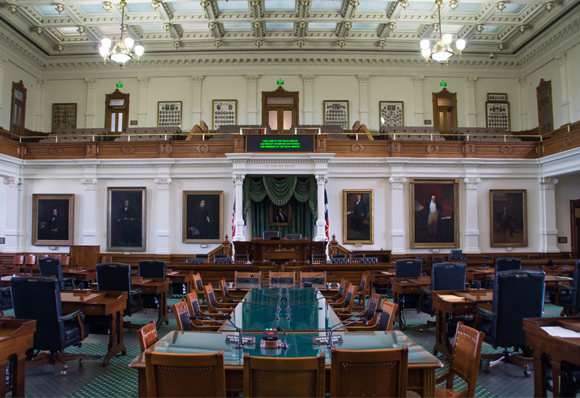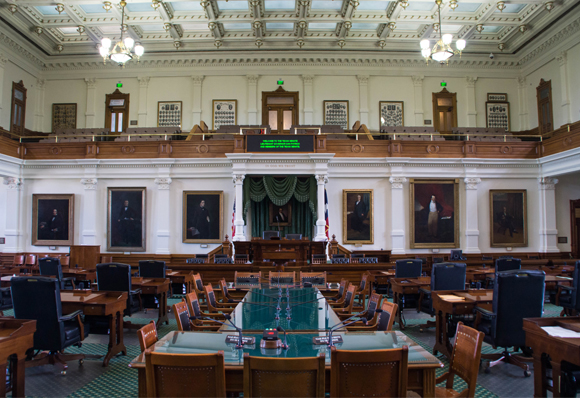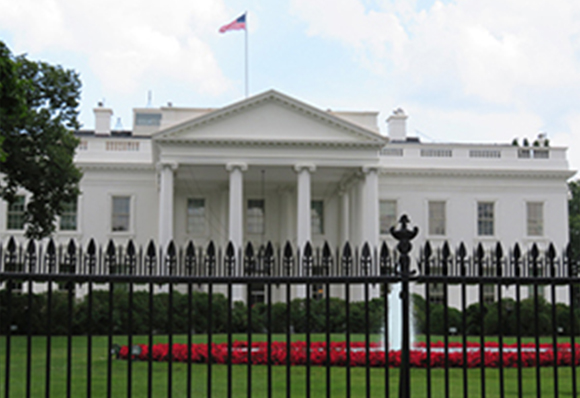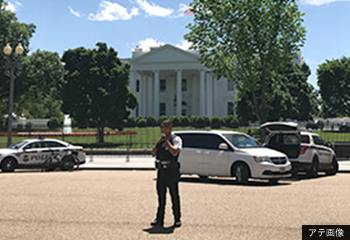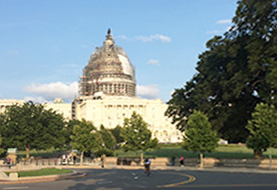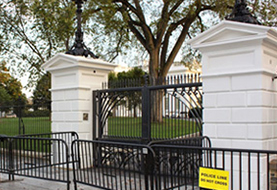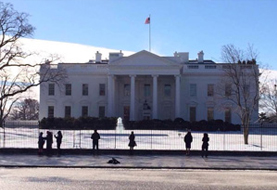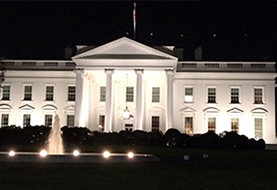Summer is in full swing, and so is Trump’s momentum: his administration has yet to show signs of slowing down, and Washington politics continue apace. Notable events include the passage of the “One Big Beautiful Bill Act”—which included large-scale tax cuts, spending cuts (except for defense and border spending increases), and an increase in the debt ceiling—on July 4, America’s Independence Day, as well as numerous announcements of new trade agreements with various countries throughout August. On the diplomatic front, the administration has continued to take an aggressive approach, claiming to have stopped six wars in six months and holding the first U.S.-Russia summit in four years to mediate the Russia-Ukraine war. Meanwhile, amid signs that the economy is reaching a turning point, Trump dismissed the director of the Bureau of Labor Statistics, which is responsible for U.S. employment data, due to Trump’s unfounded claims about the accuracy of the statistics. He has also been increasing pressure on Federal Reserve Board Chairman Powell, who has refused to lower interest rates.
Also making waves on the political landscape are emerging policies aimed at influencing next year’s midterm elections, with a conflict over electoral district boundaries in Texas attracting particular attention. A new redistricting plan for the state, announced on July 30, revealed plans to redraw congressional districts in favor of the Republicans. Currently, the House of Representatives is practically evenly split, with Republicans holding 219 seats and Democrats holding 212 seats (out of a total 435 seats). Depending on the outcome of the midterm elections, the Democrats could gain a majority, which would not only put the brakes on Trump administration policies, but also lead to increased oversight and accountability for the administration. Of the 38 House seats allocated to Texas, the Republican Party currently holds 25, but the new redistricting plan could potentially add another five seats. In other words, the goal is to use gerrymandering to create a more favorable electoral landscape prior to the midterms. (“Gerrymandering” is the practice of redrawing electoral districts in an irregular shape to favor a particular party; the term is a portmanteau of “Gerry” and “salamander,” originating from the 1812 redistricting in Massachusetts by Governor Gerry, which resulted in the boundaries of a particular district being said to resemble the shape of a salamander.)
Democratic members of the Texas State Legislature opposed the plan and left the state to boycott the vote. Republican Governor Abbott then ordered their expulsion from the legislature and arrest, saying they abandoned their duty to the people of Texas, and sought the cooperation of the FBI in searching for them, causing a major uproar. Despite this turmoil, the redistricting plan is still expected to pass. This issue, however, is not limited to Texas—Democrats in California, for instance, have announced plans to change district boundaries in the state, one of the party’s strongholds, and are moving toward a referendum to ratify said plans. Republicans, meanwhile, are escalating the situation by exploring similar possibilities in Ohio and Indiana. In response, the Democrats are aiming to rally public sentiment against Republican gerrymandering through nationwide protests, with both parties now pouring large amounts of money into redistricting efforts.

